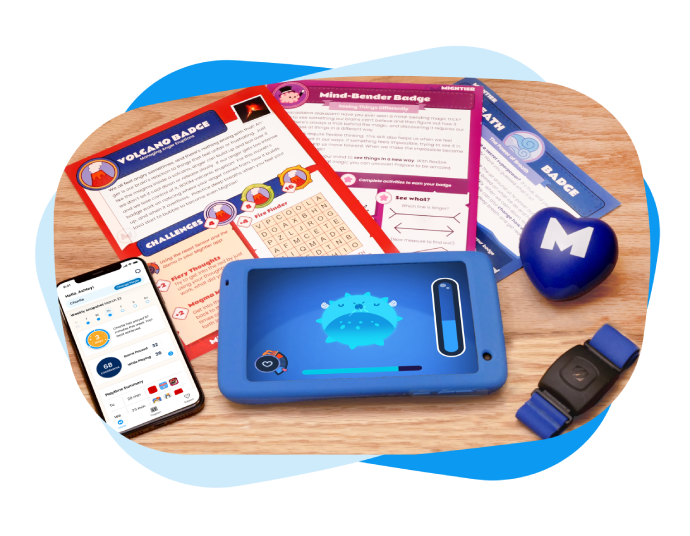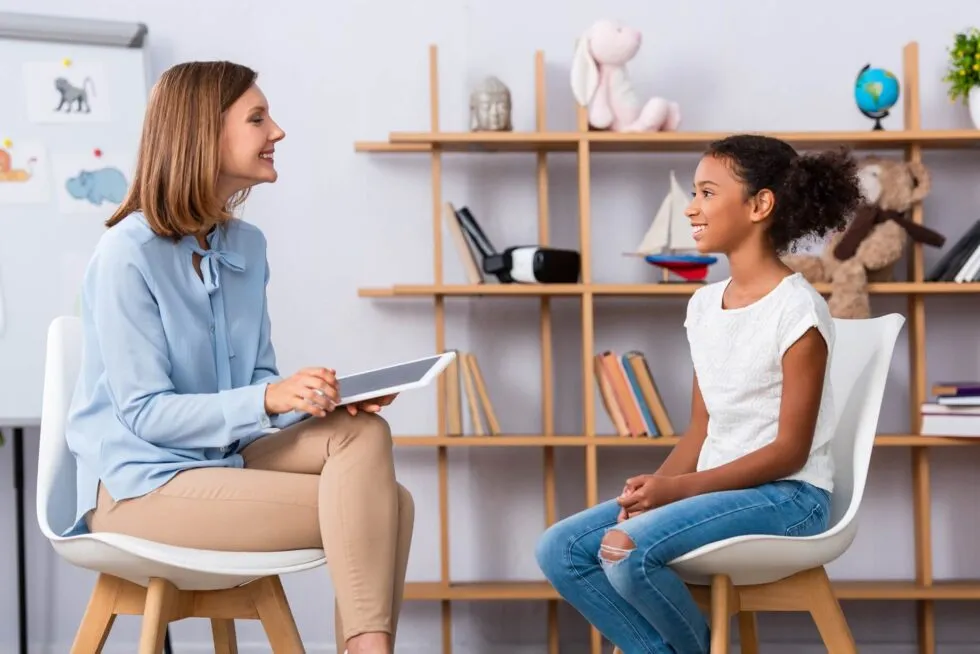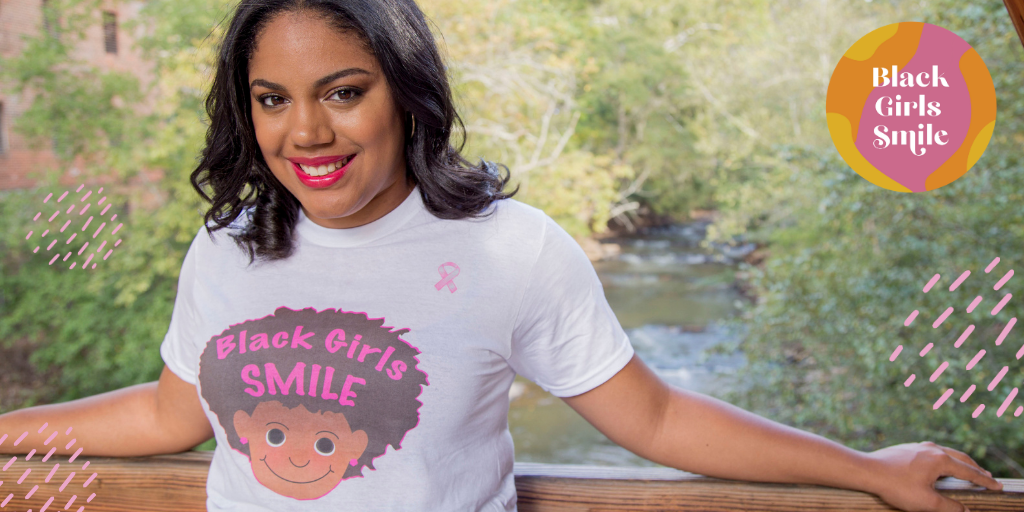Asking for help and going to therapy takes vulnerability. It’s scary to share what’s not going well. And you and your family will be stronger for it. Model for your kids that you don’t have to do it alone. Show them it’s ok to ask for help. They’ll become grown-ups who can tolerate being vulnerable too.
Maybe you’re not sure what to expect from therapy. Knowing what it will be like can ease some of the uncertainty. And make it a successful experience for everyone.
Here are 6 things to keep in mind about therapy for your child and family.
Meaningful change takes time. By the time you decide to try therapy, you have probably hit a breaking point. You need something to be better fast. And meaningful change takes time. Especially when changing behaviors and relationships. You and your kids can learn strategies quickly, and using them successfully on a regular basis takes practice. Having enough practice takes time. Make sure you give it enough time.
Therapy comes in different shapes and sizes. There are different kinds of therapies. Therapy can be mostly individual with kids. It can be parents and kids together. It can be just parents. Or it can be for the whole family. What happens in a therapy session can also look different. Some therapy is more open-ended with playing and talking. And other therapies are more skills-based with live coaching and practice for certain situations. Find the therapy that’s right for your child and family’s needs. Be sure to ask the provider what kind of therapy they use and how that helps your specific problem.
Finding YOUR provider is important. Just like there are different therapies, there are different providers. They can vary in their training and may have different styles and approaches. And you want to find one that makes you and your family feel comfortable, who understands your unique situation, needs, and values. They’ll give you hope that things will get better.
“Getting to know you” is part of the process. Expect that the provider will ask a range of questions, some that seem to apply to your family and some that don’t. And you should feel like they hone in on your specific problem and goals. They will ask a wide range of questions to get a comprehensive understanding of what’s going on in a child’s life. Many things affect feelings, behavior, and relationships. You want your provider to look at what’s going on from different angles to get a fuller picture. You also want them to know the nitty-gritty details of the problem you’re getting help for. For these reasons, the first couple of sessions are mostly to gather information. A provider should then be summarizing their thoughts and forming a treatment plan with you to best address your needs and goals. You should understand what the recommended therapy will be like before the therapy “work” begins.
Parents play a key role. You are likely seeking therapy for a problem your child is having. And, as the parent, you are a vital part of the solution. Expect to participate in your child’s therapy. If your child is young, expect to participate a lot. It may even just be you in therapy, without your child. Therapy is usually only an hour per week. Your child is with you the other 167 hours per week. You also need to know how to best support them to make the most of the therapy.
There are lots of options. We don’t want to force kids to participate in therapy. And there are still ways to get better. We want kids to have a positive association with getting help. Sometimes that means listening to their words and actions about therapy. There are many treatments that just involve parents that are successful in helping with problems kids have. Be open to those options too.
Dr. Bogdanov runs coaching groups for child anxiety and ADHD. Parents get weekly support and practical strategies to understand what their kids need and strengthen their relationships. Groups are modeled after parent-child interaction therapy and cognitive behavioral therapy. Learn more at childbehaviorclinic.com/groups.












